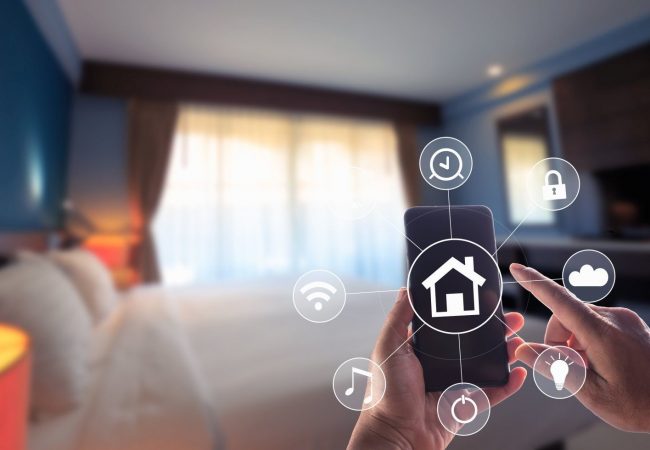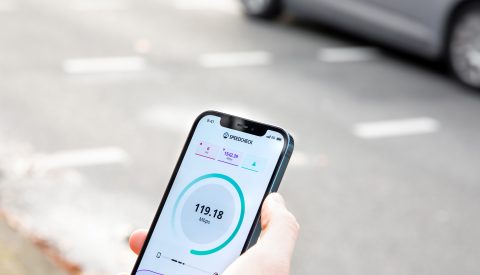Technology is continually integrated into our daily lives. One of the more recent trends is controlling your home through smart home products. While it is important to be careful about what products you install in your home and connect to your network, their benefits can quickly improve your daily routine and allow you to achieve things not possible through regularly installed home products.
If you want to elevate your smart home experience, the first decision you need to make is what platform you are going to use to connect all your devices. This choice will be driven by cost, ease of use, and privacy concerns. The platform you choose will dictate what accessories you can use to connect to your smart home system. The major players in the game are Google, Amazon, and Apple. For anyone who has devices in the Apple ecosystem, Apple’s Homekit provides a great foundation that integrates with a lot of devices on the market and is the one I have decided to use.
Apple provides a great basis for automating your home with their Homekit platform. You don’t need a lot to get started and can utilize your smart phone to start. You can choose to improve your experience by adding on additional apple products to use as an always-on hub, like their Apple TV. The Apple TV will allow you to control your devices when you are away from your home by acting as a network gateway. This can allow you to monitor the status of lights and cameras while you are away from your home. Additionally, the AppleTV makes a great addition to any home entertainment center.
After you have chosen the platform you want to use as the foundation for your smart home, you can begin adding accessories. When shopping for accessories, you want to make sure that the accessories that you choose are compatible with the platform. In my home, I utilize the Ikea Tradfri line of products to control the lighting. The Tradfri system is compatible with Homekit and it integrates seamlessly. Additionally, I make use of a few Phillips smart bulbs for a few smart multicolor lightbulbs. Lighting isn’t the only thing that can be controlled either. Different manufacturers make smart doorbells, cameras, temperature control, and sensors to install in your home.
Inevitably, you may come across devices that are not compatible and would make a great addition to your smart home but are not compatible with your smart device ecosystem. In these cases, you can either choose to utilize another smart home solution and manage them individually, but my preferred method is to utilize an open-source program called Homebridge. Homebridge is an application that you install on a computer and works well on a Raspberry pi. It allows you to link devices that are not compatible with Homekit and control them as if they were made for the platform. Homebridge is well documented and there are many tutorials available online. By utilizing Homebridge, I can add control for my Nest thermostat system and control of smart outlets to control devices that aren’t smart home compatible.
After you have all the products in your smart home system, it’s time to start truly utilizing the control they provide. Automations allow you to control the devices in your home with either the location of devices in your home or the time of day. For example, using smart bulbs, the location of my phone, and the time of day, I have automated the lights in my living room to power on automatically when I arrive home after dusk. Another automation I have is to set the thermostat of my home to be off when I am not home and to a comfortable temperature an hour before I get home from work. You can set lights to automatically turn on in the morning to help wake up.
Whatever platform and products you decide to go with, there are some power things you can do with them to help improve the quality of your life. My recommendation would be to choose a platform and buy a compatible device to play around with. The great thing about smart home products is that they are easily expanded. You can start out with a single smart bulb or smart outlet to get your feet wet and buy more products as you find more uses. Look at what smart devices you may already have, such as your phone or an Amazon echo, and see what devices online might be compatible.




